As the housing market shifts in 2025, several American cities are facing a surprising trend: rent prices are dropping fast. While many renters still feel squeezed by inflation, pockets of oversupply, slowing migration, and shifting work habits are quietly forcing landlords to cut prices. Whether driven by overzealous construction, changing demographics, or local economic shifts, these markets may soon become far more affordable than anyone expected. Here are 14 U.S. cities where rents are poised to plummet—and why experts say the trend is just beginning.
1. Austin, Texas
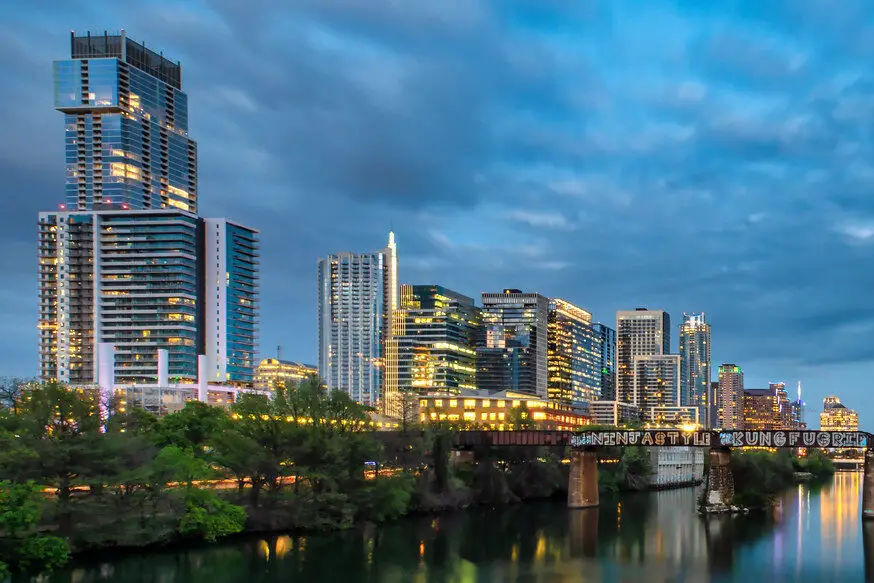
After years of ranking among the fastest-rising rental markets in the U.S., Austin is now leading the pack in price declines. According to Redfin, asking rents in the city dropped 11.4% year-over-year in early 2025, a steeper fall than in almost any other major metro. Developers built fast to match booming tech-sector demand during the pandemic, but now vacancies are climbing across new and older properties alike.
The city has seen a slowdown in population growth as remote workers relocate to more affordable regions, and locals are pushing back against rising costs. As more luxury apartments hit the market and sit empty, landlords are slashing prices or offering generous concessions—making Austin suddenly renter-friendly after years of pricing out middle-income residents.
2. Phoenix, Arizona

Phoenix’s rental boom has cooled dramatically, with excess inventory dragging down prices. AZFamily reports a 4.9% drop in median rents over the past 12 months, with vacancy rates trending upward due to a surge in new construction. In 2024 alone, more than 16,000 new units were added across the Phoenix metro area—more than the local economy can easily absorb.
Analysts blame the rapid buildout combined with slower-than-expected job creation and migration. With fewer people relocating to the city and wages failing to keep pace with rent levels, many landlords are now under pressure to fill empty units quickly. As a result, rents are expected to decline even further through the end of 2025.
3. Atlanta, Georgia
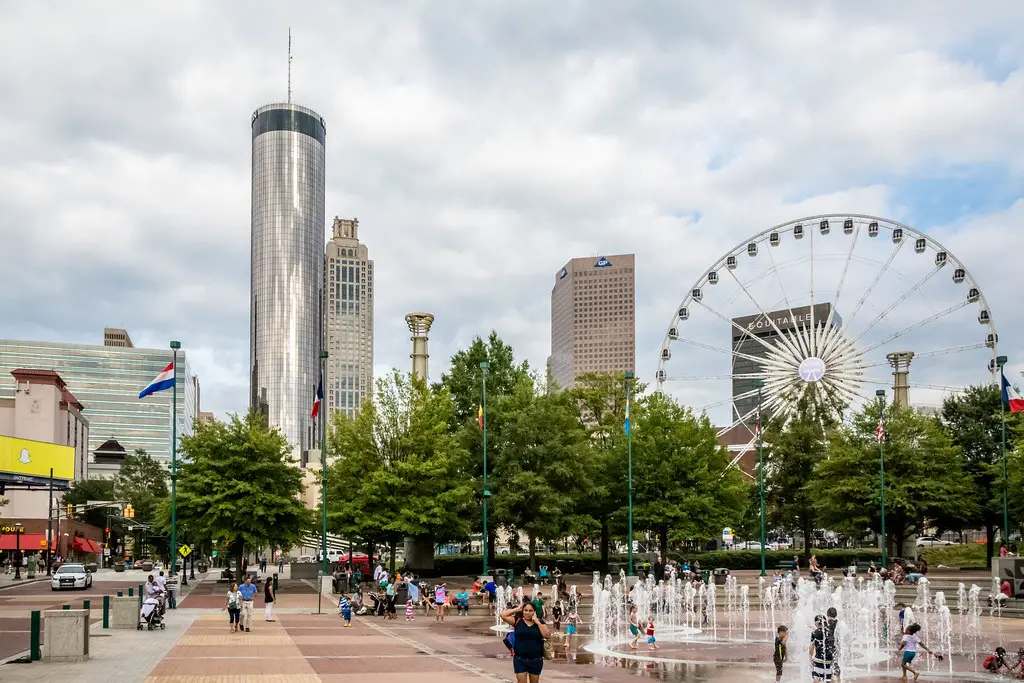
Despite being one of the South’s biggest economic hubs, Atlanta is experiencing a glut of new rental housing. According to The Business Journals data, median rents fell 3.2% year-over-year, and the city is on track to add over 19,000 new apartment units in 2025. Developers raced to meet pandemic-fueled demand, but the pace of population growth has slowed, especially in high-cost urban neighborhoods.
Many landlords are now offering two or even three months of free rent to attract tenants, particularly in newer buildings. With a growing number of renters priced out of central areas and opting for more affordable suburbs, the imbalance between supply and demand could lead to sharper declines in core urban zones.
4. Tampa, Florida
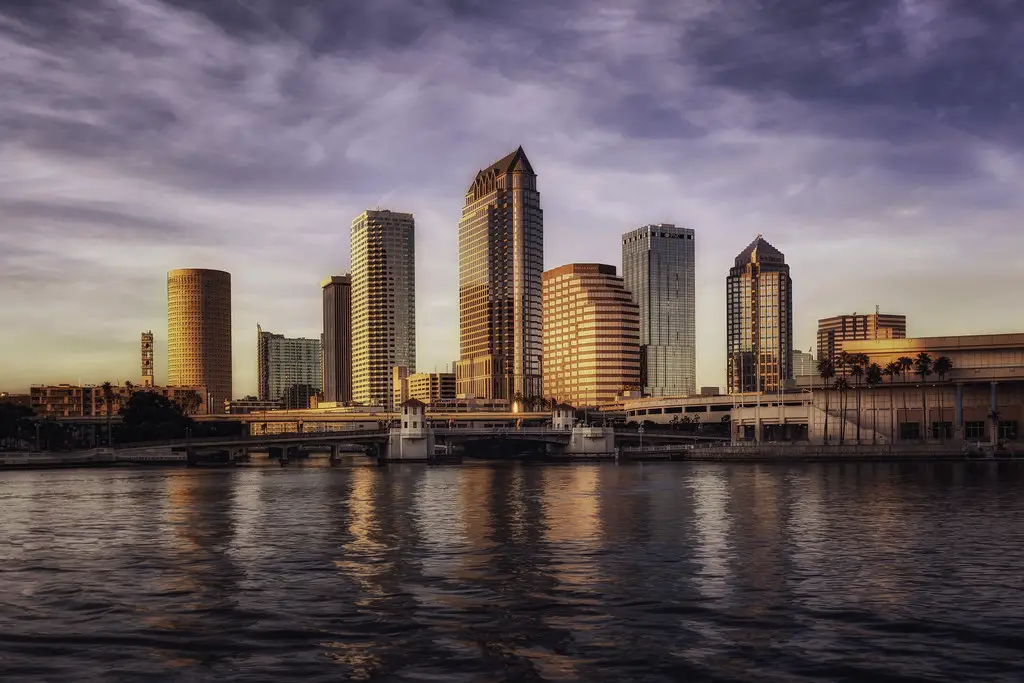
Tampa was once one of the most competitive rental markets in the U.S., but the tide has turned. Tampa Bay Times reports that median rents in Tampa fell by more than 5% in late 2024, and vacancy rates have continued rising into 2025. A flood of multifamily development projects, particularly downtown and near the waterfront, has left many properties scrambling to fill units.
At the same time, the influx of new residents to Florida appears to be slowing. With affordability concerns mounting and insurance costs rising statewide, renters are becoming more cautious. Landlords in Tampa have responded by softening their asking prices and expanding incentives, which analysts expect to continue through next year.
5. Charlotte, North Carolina
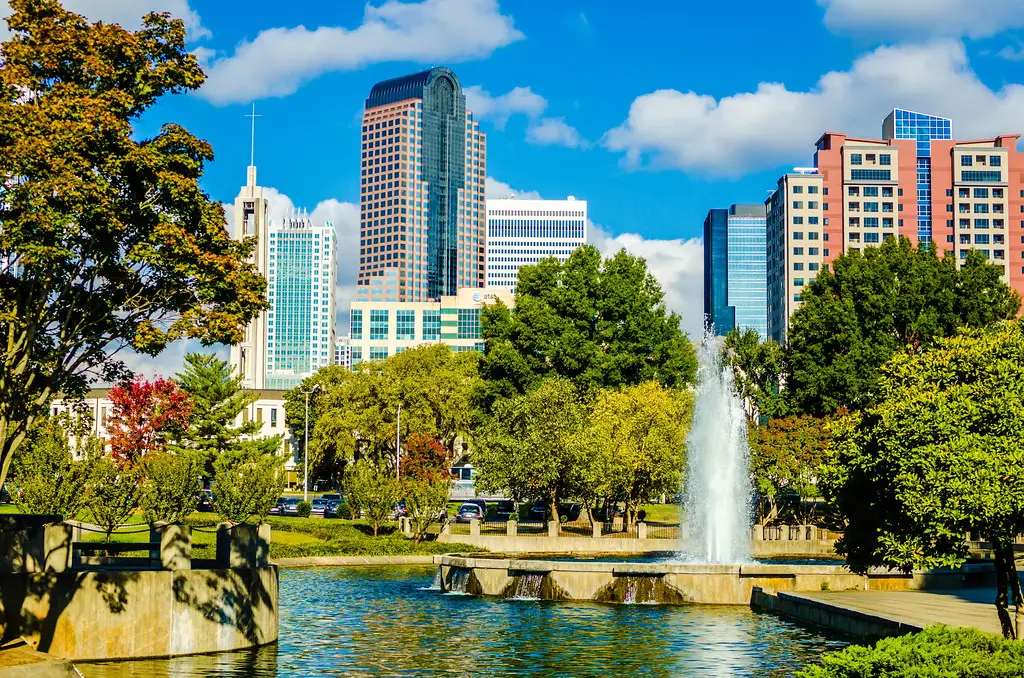
Charlotte saw its rental prices surge over the past five years, but now the market is finally stabilizing—and even slipping. The city’s fast-growing skyline is the result of an ambitious development spree that’s beginning to outpace actual demand. With a high volume of newly completed apartments sitting unoccupied, landlords are resorting to price cuts to maintain occupancy.
While the overall job market remains strong, particularly in banking and healthcare, the sheer volume of available rentals is changing the landscape. Renters now have more bargaining power than at any point since 2016, and experts suggest the city is entering a long-overdue correction phase.
6. Boise, Idaho
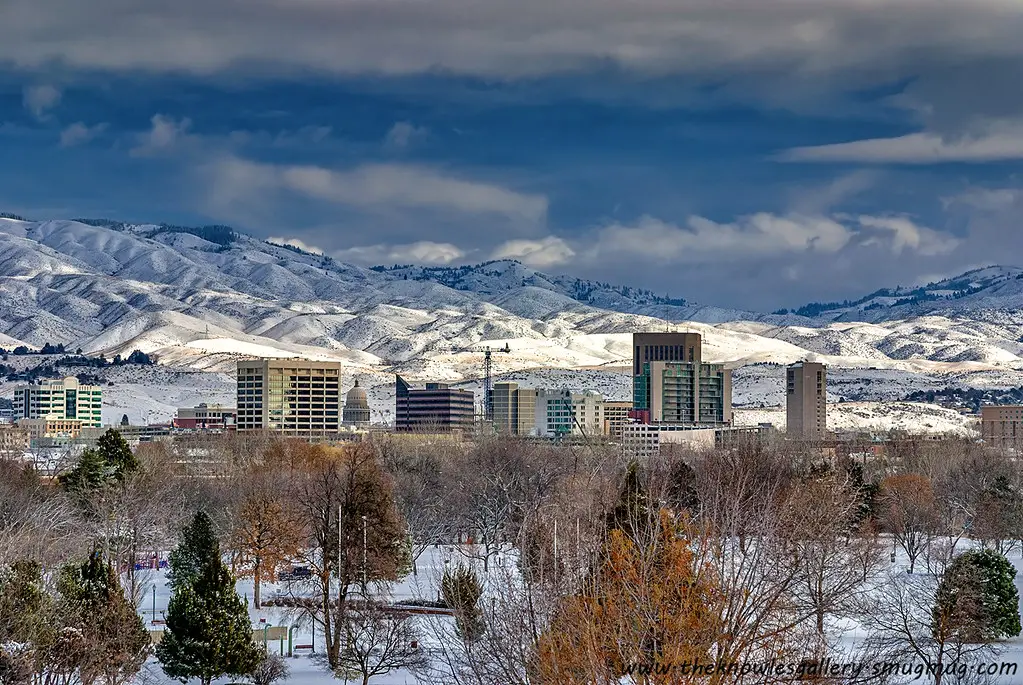
Boise’s status as a pandemic migration darling is coming back to haunt its rental market. As remote workers moved in during 2020–2022, developers rushed to keep up with demand—but the trend has now reversed. Many of those newcomers have moved on to other states, and Idaho’s population growth is leveling off.
Rents that once seemed competitive now feel inflated compared to local wages, particularly for younger renters. Apartment communities built at the height of the boom are now facing long lease-up periods and sluggish interest, forcing operators to drop rents or sweeten deals.
7. Las Vegas, Nevada
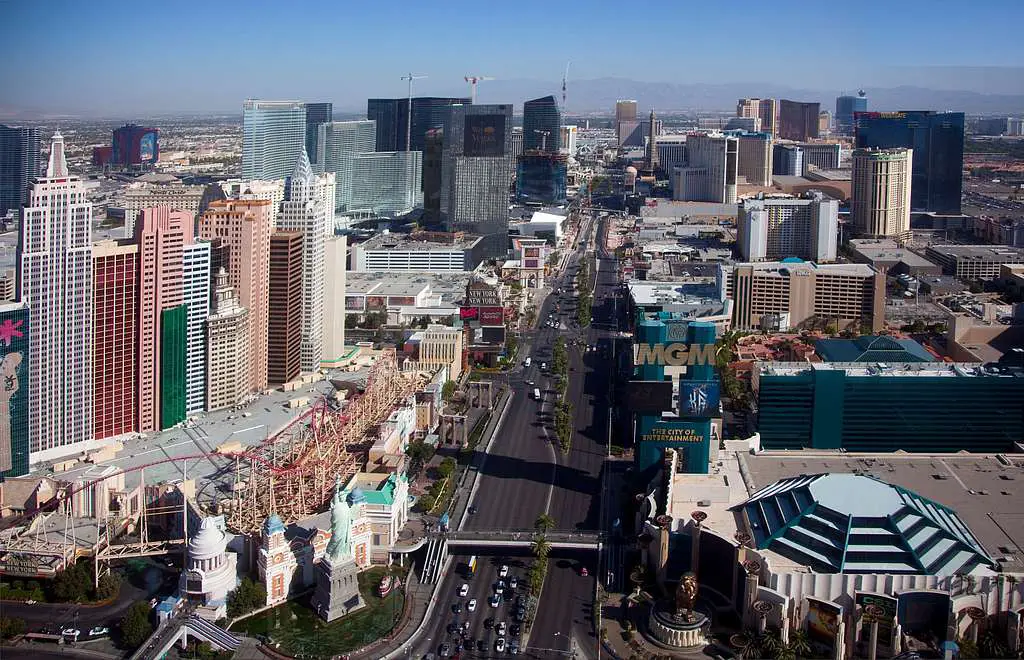
Las Vegas has long ridden the rollercoaster of real estate cycles, and its rental market is once again heading downward. In 2023 and 2024, developers added thousands of luxury apartments targeting out-of-state movers, but local wage growth hasn’t kept up. With the tourism sector still facing instability and remote work trends cooling, the city is now oversupplied.
Vacancy rates are climbing across multiple neighborhoods, particularly near the Strip and in new developments. Industry analysts believe rent prices could fall another 5–10% in 2025 as landlords attempt to stabilize cash flow in a saturated market.
8. Salt Lake City, Utah
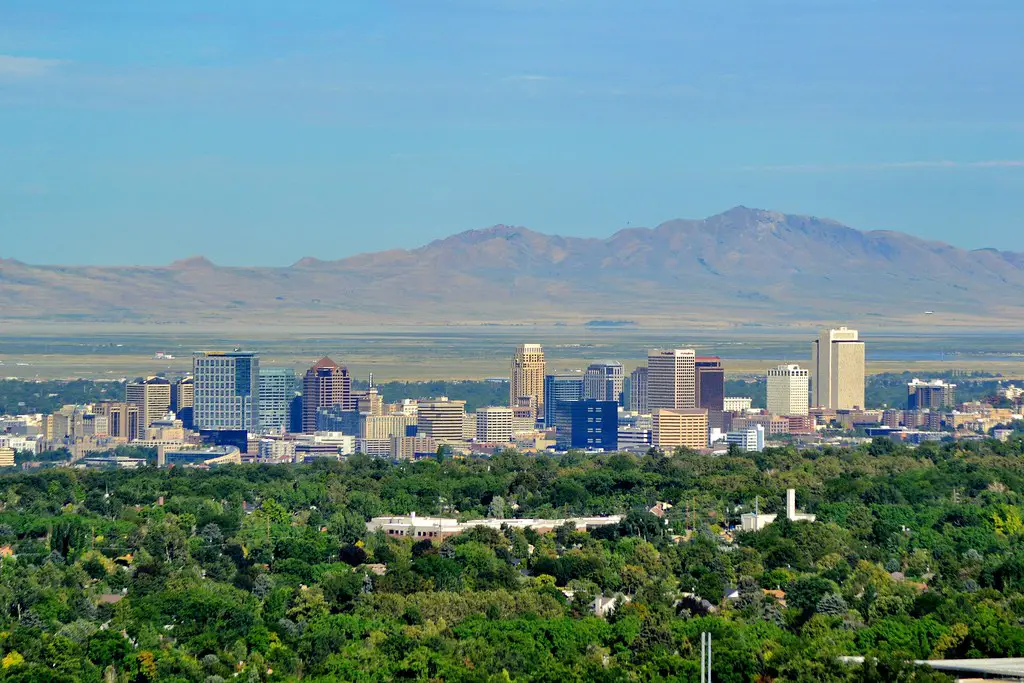
Salt Lake City’s housing market is undergoing a quiet but significant shift. The city added more rental housing per capita than nearly any other metro in the Mountain West, and with in-migration slowing, renters have more options than ever. Some property owners are already advertising price drops on multiple listing platforms.
This shift is particularly noticeable in high-end developments, which are seeing the steepest discounts. Local renters who felt priced out in 2021 or 2022 are now returning to the market to negotiate better deals—and many are succeeding.
9. Denver, Colorado
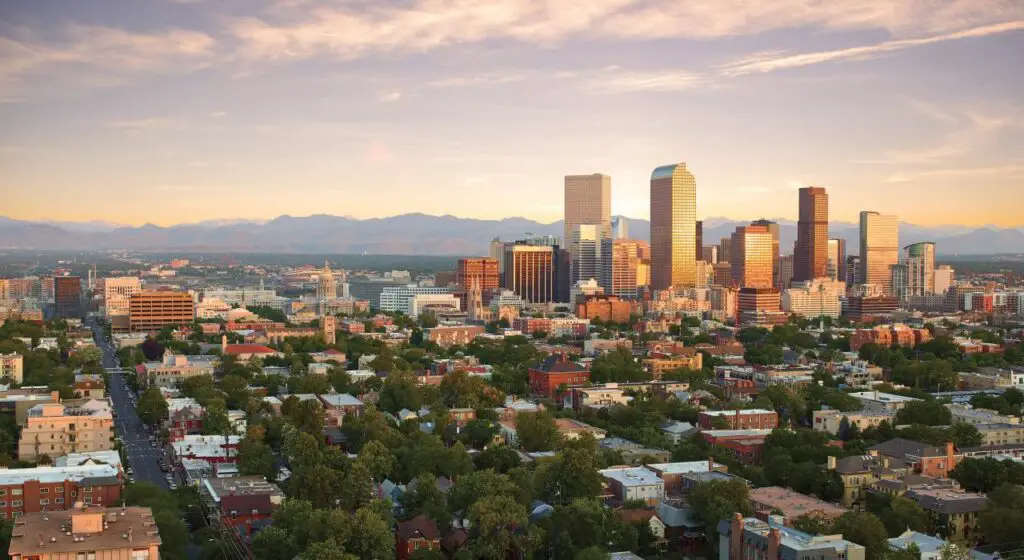
Denver’s rental market is softening as supply begins to catch up with demand. In recent years, high land prices pushed developers to focus on luxury apartments, but these units are now seeing declining interest from price-conscious renters. The oversaturation has made concessions a common feature of leases throughout the metro area.
Vacancies are most visible in downtown and RiNo neighborhoods, where new units sit empty for weeks. With a pipeline of additional apartments expected in late 2025, renters may have even more leverage going forward.
10. Minneapolis, Minnesota

Minneapolis is seeing a gradual rent reset after years of steady increases. New construction has kept pace with demand, especially in outer-ring neighborhoods, where rent prices are now falling slightly month over month. The city’s rent control debates may also be contributing to landlord uncertainty.
Despite strong employment numbers, many renters are reevaluating urban living costs. The result is a growing inventory of vacant units and increased flexibility on lease terms.
11. Seattle, Washington
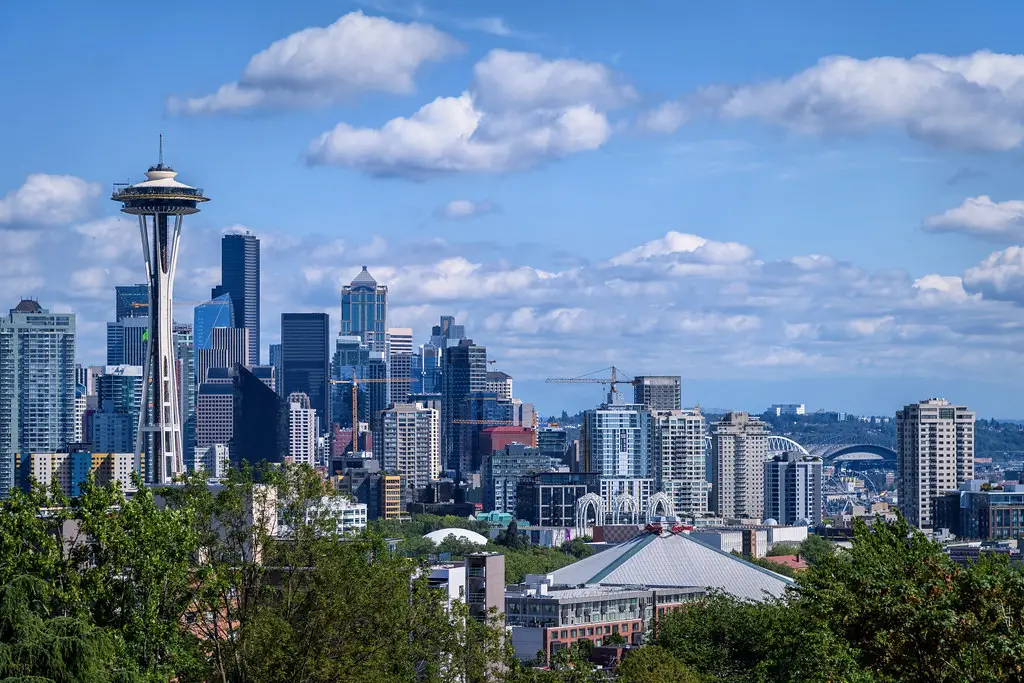
Seattle’s rental prices are declining quietly but steadily in many parts of the city. While the tech sector remains strong, recent layoffs at several major firms have curbed demand for high-end rentals. Developers continue to add inventory, particularly in South Lake Union and Ballard, creating more competition among landlords.
Remote work has also allowed some renters to relocate to more affordable parts of the state or country, dampening demand. With more apartments becoming available each month, rent reductions and move-in perks are becoming the new norm.
12. Nashville, Tennessee
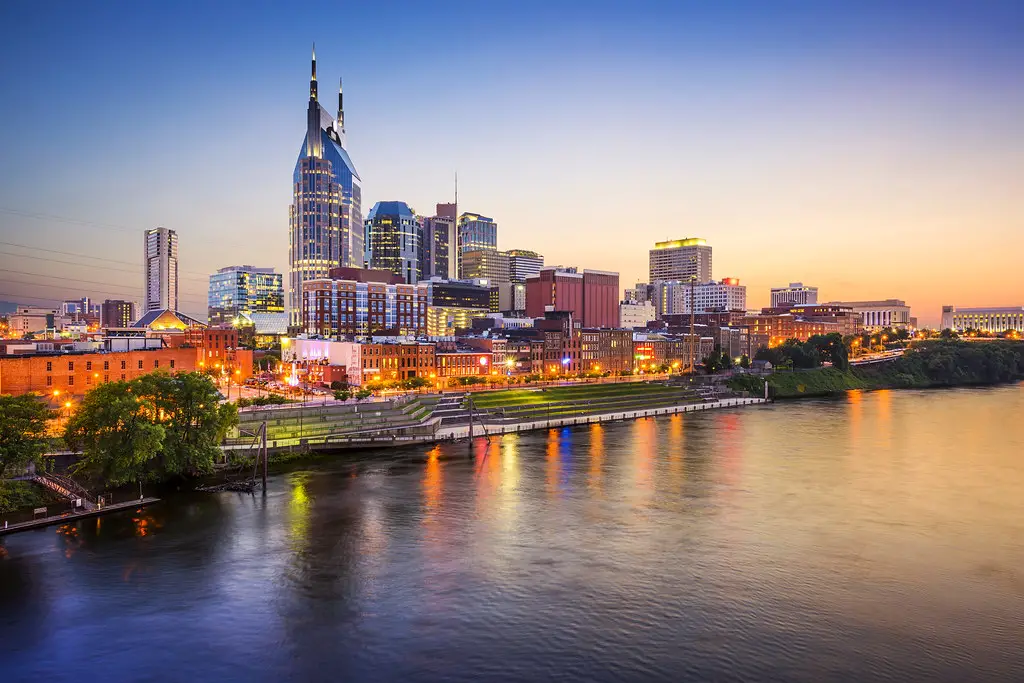
Nashville was once the darling of real estate investors, but rent increases have hit a wall. New units are flooding into the market, especially downtown, and renters are no longer snapping them up at premium prices. Some luxury properties are already posting 10–15% discounts on advertised rent.
The music city’s economic momentum is still strong, but the rental market is now entering a more balanced—and possibly renter-favorable—phase. Analysts say prices may continue to soften into 2026 as absorption slows.
13. Raleigh, North Carolina
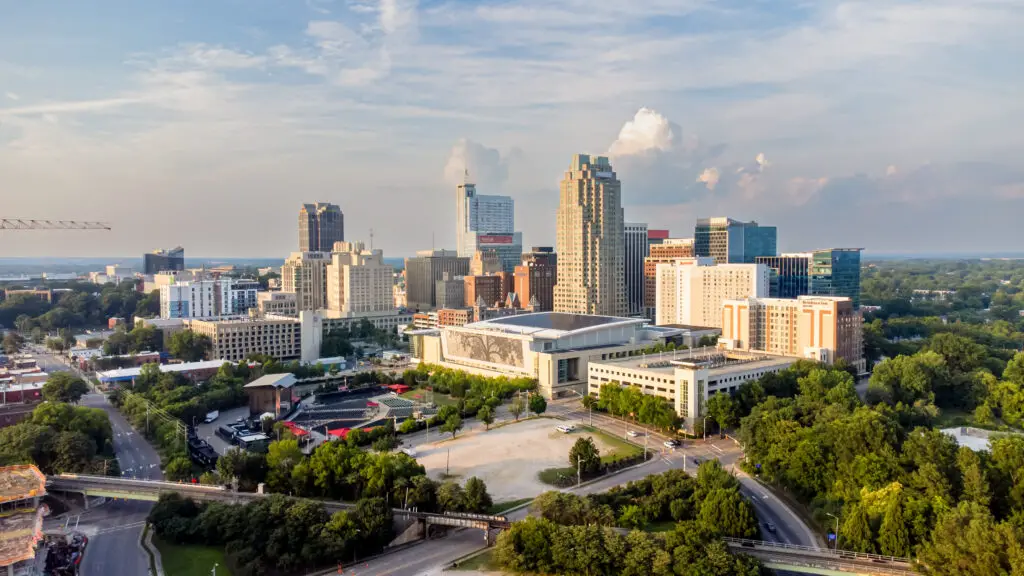
Raleigh’s steady influx of new residents spurred a building boom—but now developers are grappling with overcapacity. With more apartment complexes opening in early 2025, competition for tenants is heating up. Local data shows increased vacancies in both suburban and downtown corridors.
As tenants take their time shopping around, landlords are responding with rent cuts and upgrades. This could mark the start of a more affordable rental landscape in what was once one of the South’s hottest markets.
14. Portland, Oregon
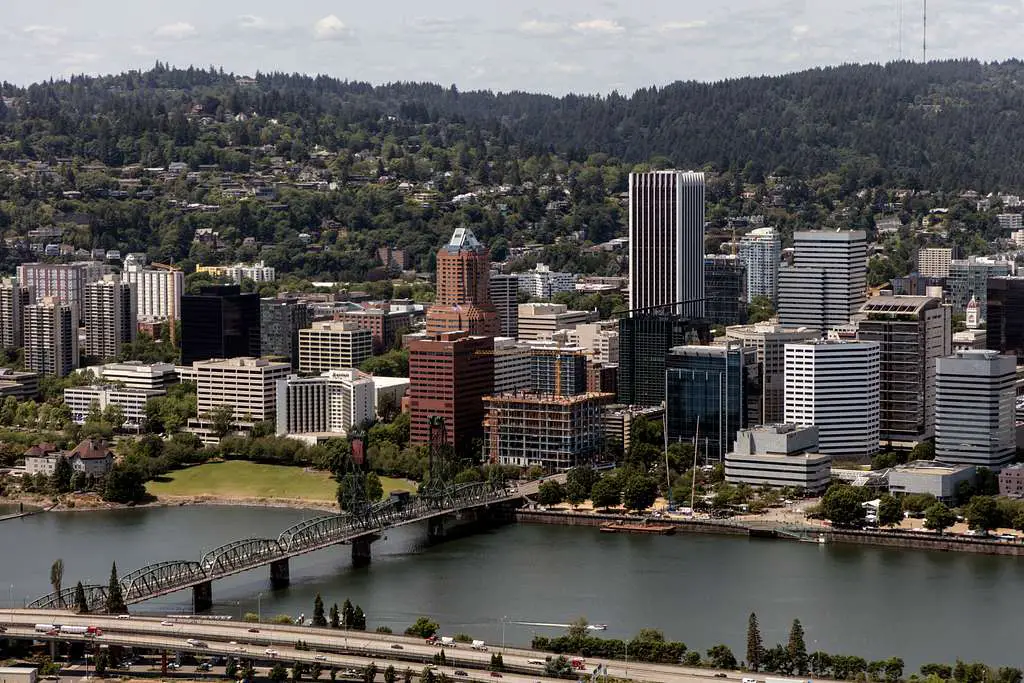
Portland’s rental market is facing stagnation, with rent prices dropping across much of the metro area. New development in inner Eastside neighborhoods and the Pearl District has created a surplus of high-end units. Combined with a softening tech job market and rising insurance premiums, renters are becoming more selective.
While affordability is still a challenge in Portland overall, the current trend suggests that more flexible lease terms and modest price declines will continue—especially for newer properties.
